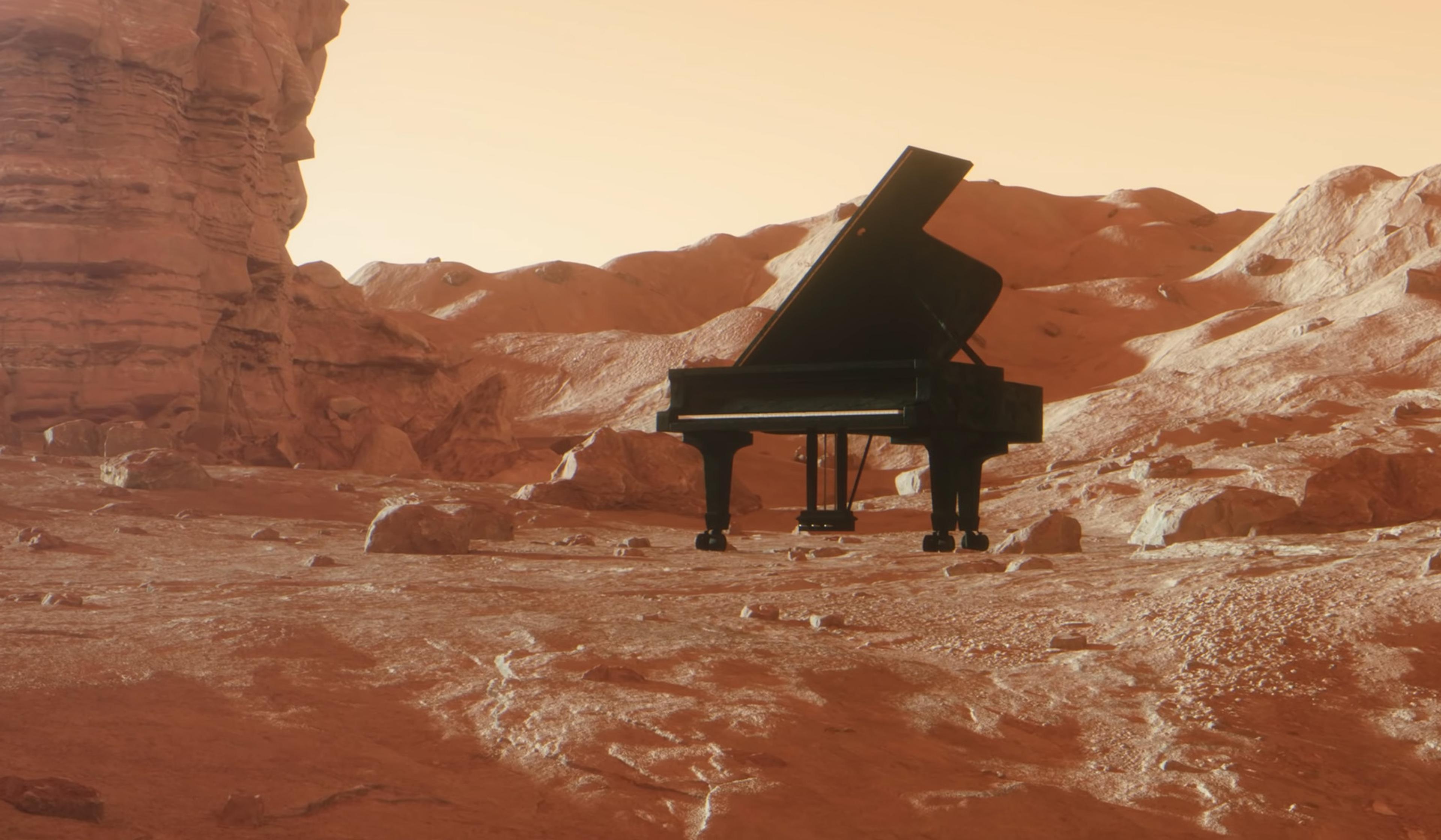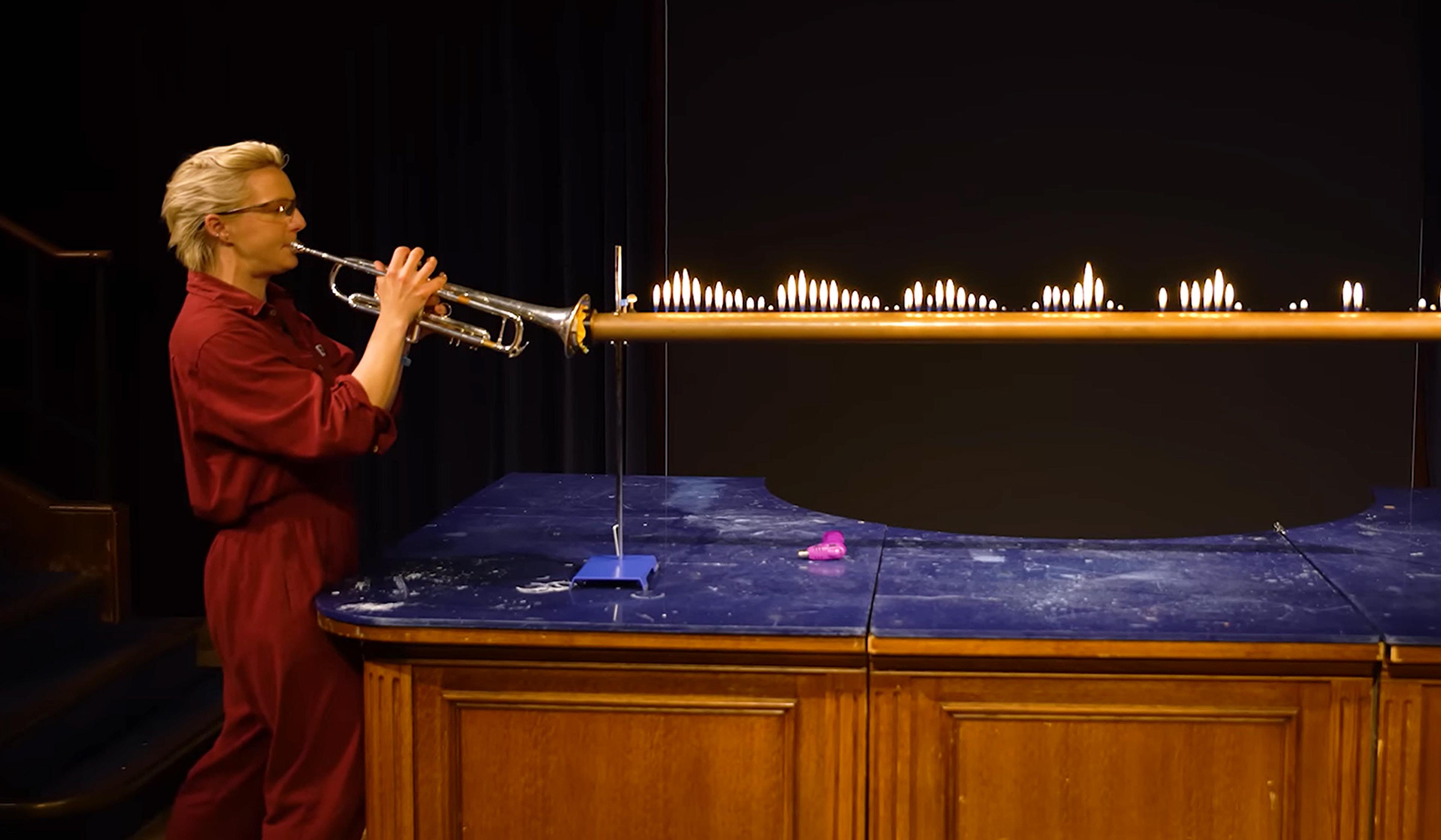The concept of ‘seeing sound’ might seem preposterous, but when you consider that sound is just compressed air travelling in waves, the idea becomes a bit more logical. The real trick is capturing air flow in a way that makes it perceptible to the human eye. Through some clever tricks, scientists are able to do just that using a technique called Schlieren flow visualisation, which is used to study everything from heat and sound to aerodynamics and the spread of disease.
Is it possible to see sound? Yes, but it takes some crafty photographic wizardry
Producer: Adam Cole
Video by NPR’s Skunk Bear

videoPhysics
How would a piano sound on Mars? Embark on an interplanetary sonic journey
20 minutes

videoPhysics
A song of ice, fire and jelly – exploring the physics and history of the trumpet
9 minutes

videoPhysics
Imagining spacetime as a visible grid is an extraordinary journey into the unseen
12 minutes

videoPhysics
There’s a striking link between quantum and astronomic scales. What could it mean?
5 minutes

videoAstronomy
Celebrating the rough, the raw and the human in hardcore space science
3 minutes

videoBiology
To understand the limits of human senses, look to the wild world of animal cognition
45 minutes

videoCognition and intelligence
Can you season seafood with ocean sounds? One of the many ways senses interact
5 minutes

videoFilm and visual culture
From shifting perspectives to shaping scenes, how sound design can carry a film
9 minutes

videoArt
Floating from room to room, a soap bubble mysteriously avoids its fate at every turn
10 minutes